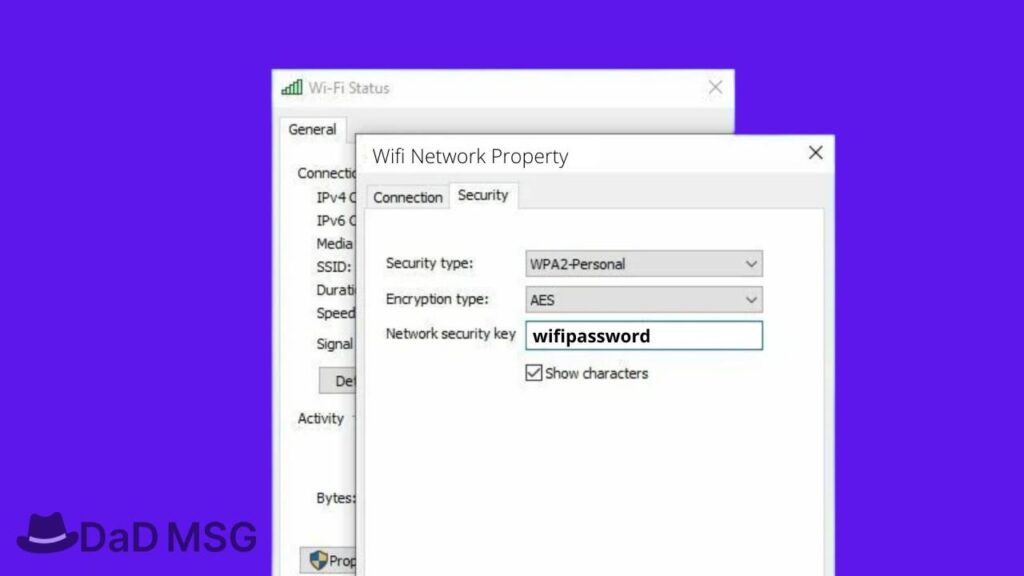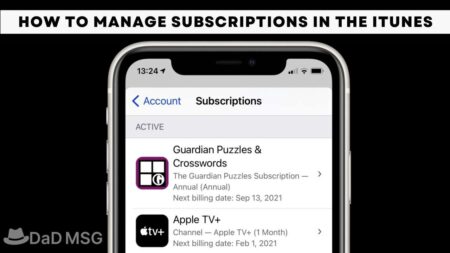You most likely have (or live near) a Wi-Fi network that displays in a list every time you turn on your computer or look at your phone.
The problem is that security is activated when a lock appears next to the network name (also known as the SSID, or service set identifier). Unless you have a password or passphrase, you won’t be able to connect to that network or access the delicious, sweet internet.
Perhaps you’ve lost the password to your network, or you don’t have any neighbours who are willing to share their Wi-Fi. You may just go to a café and have a coffee while using their “free” Wi-Fi. You can acquire a list of millions of hotspots with free Wi-Fi (along with certain passwords for limited Wi-Fi connections if they’re shared by other app users) if you install an app like WiFi Map (available for iOS and Android).
However, there are several alternatives for regaining access to the internet. Some people may require so much patience that the café idea will appeal to them. Continue reading if you can’t wait any longer.
How can you find the WiFi Password?
We’ve included a couple of the techniques below, along with their associated procedures, so you can see how each of these approaches may be utilised in your daily life to make WiFi use easier.
Method 1: Forgotten your WiFi password?
If you’re staying at home and have forgotten your WiFi password, this might be a bit tough, but don’t panic; you can always change your password from the router login page.
Simply open your Router IP Address admin panel and navigate to the WiFi area, where you must re-enter your new password under the WPA-2 Security option, and then click the save button. You should now be able to use your WiFi without any problems.
Method 2: Use the WiFi Map App to crack WiFi passwords when travelling.
Now there is a scenario where you will have to move between locations and may wind up at cafes with WiFi during these periods, but in circumstances when there are no cafés with WiFi, it may become a bit of a problem for you.
You may download and utilise the “WiFi-Map” programme, which is a free WiFi finder tool that is compatible with both Android and iOS smartphones.
Once you’ve loaded the app on your smartphone, switch on the location feature, and the app will display any nearby Free WiFi networks that you can use without having to crack them.
This software now provides access to over 7 million free WiFi networks.
Method 3: WPS Apps for Android & iOS Devices
If the above methods fail, the last option is to use one of the WPS cracking apps, which are simply apps designed to crack the Wi-Fi Protected Setup (WPS) so that you can obtain the WiFi password quickly. All of the apps listed below are simple to use and follow the same procedure for cracking any nearby WiFi password. As a result, we’ll go through some of the applications we recommend using quickly below.
- WPS App
Although the password for the WPS App Wi-Fi Protected Setup is hardcoded, there are still vulnerabilities where the password may be guessed by this applications mechanism once enabled, which would scan through all local WiFis accessible, verify their strengths, and then attempt to unlock them. When this programme has finished searching for and locating the WiFi password, it will display a green tick next to it, indicating that you may save the WiFi information as well as the password to use it. - Connect to WiFi with WPS
As the name implies, this software is geared for connecting to any WiFi that has a less secure password, and it includes a function that searches neighbouring WiFis to check if anybody has free access. So, on the first try, you might be able to discover free WiFi to use, and if that doesn’t work, the programme will hunt for open WiFi that has a password and attempt to configure it.
Conclusion
If you want to crack the WiFi password, you may do it quickly from your phone or computer by going to your Router IP Address admin panel and changing the password to your liking.
If you only want to break WiFi passwords, you may use applications like WiFi-Map, WPSApp, and WiFi WPS Connect, among others, which will look for WiFis with simple passwords.




